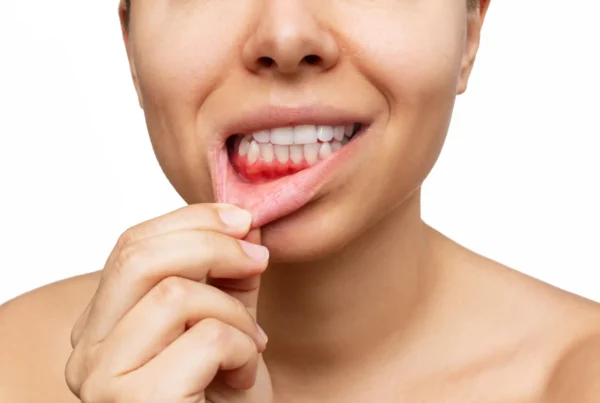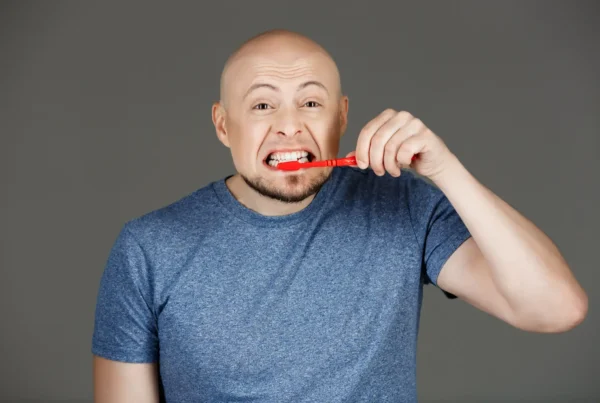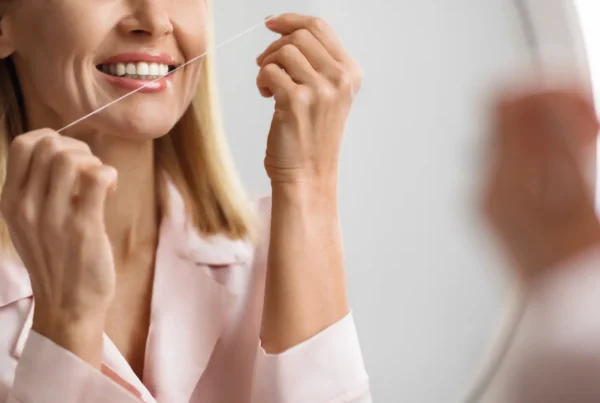Most dentists and health organizations (including the WHO and ADA) recommend replacing your toothbrush every 12 weeks or so. This applies to both manual toothbrushes and electric and sonic toothbrush heads.
 But beware – there are situations in which it is worth replacing your toothbrush more often.
But beware – there are situations in which it is worth replacing your toothbrush more often.
When should you replace your toothbrush earlier?
- Visible wear on the bristles. If the bristles start to spread out, break, or lose their elasticity, the toothbrush will no longer clean your teeth thoroughly and may irritate your gums. Even the most expensive model will not work well if it is “disheveled.”
- Past infection. After any illness, especially the flu, a cold, tonsillitis, or a throat or mouth infection, the toothbrush should be replaced. Bacteria and viruses may remain on it, increasing the risk of reinfection.
- Change in the taste or smell of the toothbrush. If you notice an unpleasant smell or metallic taste after brushing your teeth, this may indicate the growth of bacteria or fungi on the bristles. Replacement is necessary immediately.
- Improper storage. A toothbrush kept in a closed container without air access, constantly damp, standing within reach of the flush – is a paradise for microorganisms. In this case, it is better not to wait 3 months.
- Use by children. Children often bite their toothbrushes, use them as toys, and store them improperly. In their case, it is worth replacing them every 1–2 months.
What should you avoid in everyday use?
Do not share your toothbrush with anyone. Not even with your partner or child. Bacteria transferred via toothbrushes can lead to infections, including thrush, herpes, and gum disease.
Do not store your toothbrush in a closed container. Moisture promotes the growth of bacteria. A better solution is a stand that allows water to evaporate.
Do not place your toothbrush near the toilet. Every time the toilet is flushed, tiny droplets of water containing bacteria are sprayed into the air – if your toothbrush is nearby, it can easily become contaminated.
How to care for your toothbrush between replacements?
Although no toothbrush will last forever, it is worth knowing how to prolong its hygienic effect between replacements.
- Rinse your toothbrush thoroughly after each use.
- Allow it to dry upright.
- Avoid contact with other toothbrushes.
- Do not cover it with a damp cap.
- Disinfect the head from time to time, e.g. by immersing it in antibacterial liquid for a few minutes.
These are simple steps that help keep your toothbrush in better condition and reduce the growth of microorganisms.
What about the brush heads on electric and sonic toothbrushes?
The rule is exactly the same – brush heads should also be replaced every 3 months or more often if you notice wear and tear. Contrary to appearances, brush heads can also accumulate bacteria and lose their effectiveness – despite more advanced technology. Some models have fibers that fade with use – this is helpful, but it is best to observe the bristles yourself.
Summary – how often and why?
Regular replacement of your toothbrush is one of the simplest and most important elements of oral hygiene. Although many people forget this, after a few weeks of use, a toothbrush slowly loses its effectiveness – the bristles wear out, bacteria accumulate on them, and they stop removing plaque. As a rule, it should be replaced every three months, but in some situations it is worth doing so earlier – e.g. after an infection, when the bristles are visibly worn, or when an unpleasant odor appears.
Replacing your toothbrush is not just a matter of comfort – it is a real prevention against tooth decay, gum disease, and bad breath. It is worth getting into the habit of regularly checking the condition of your toothbrush and treating it as seriously as daily brushing. A healthy smile starts with healthy habits, and one of them is replacing your toothbrush on time.




